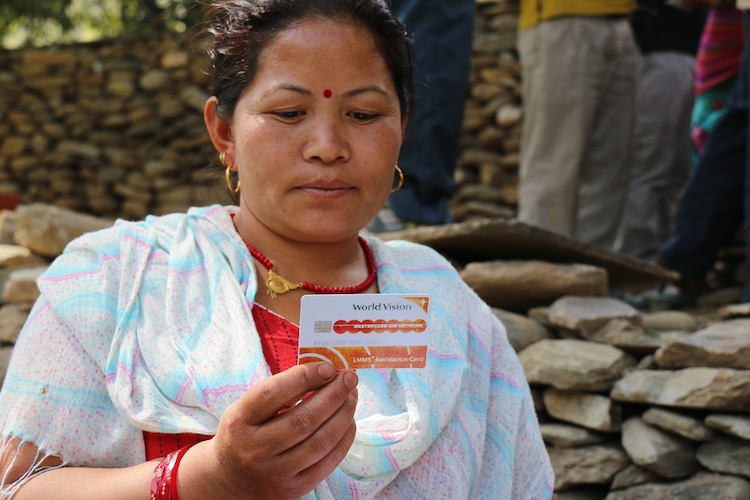The Customer Effect
How Mastercard is bringing financial inclusion to crisis-affected areas
- Finance companies are active on financial inclusion efforts during humanitarian crises, by delivering aid in the form of currency.
- An international coalition of aid agencies, nonprofits and companies argues that the delivery of aid to recipients through stored value cards should be an entry point into the formal financial system.








